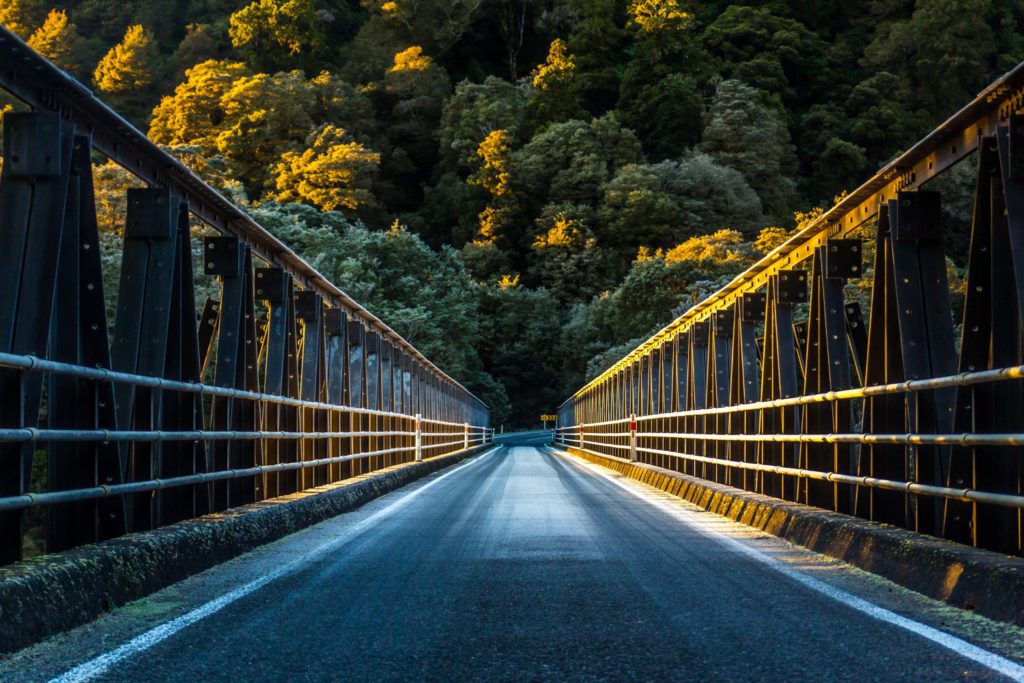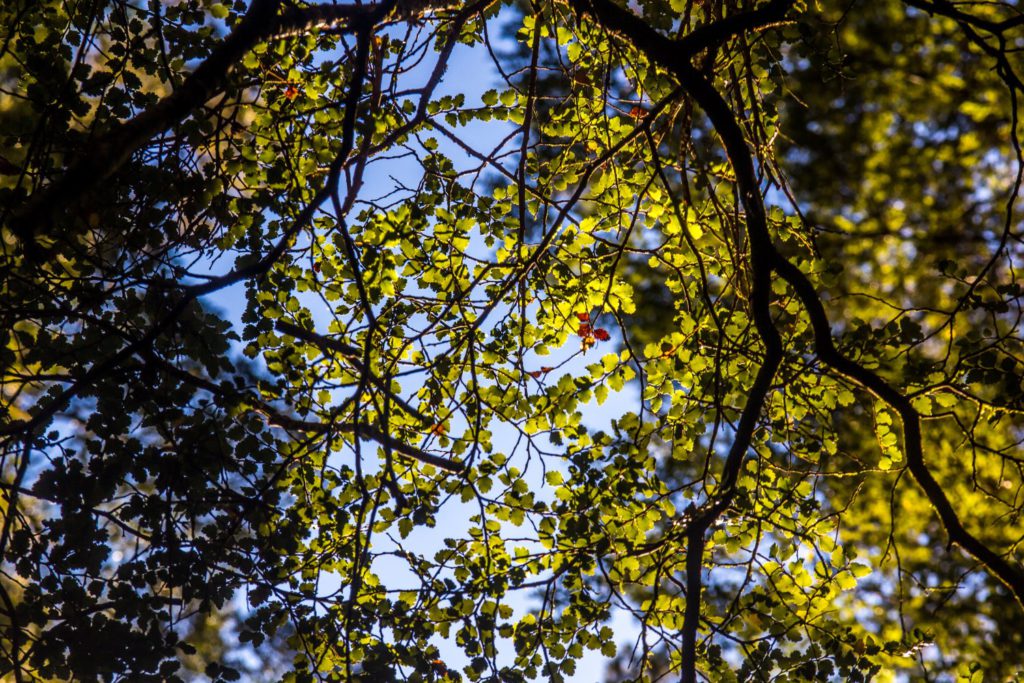Winter Nights
June 2016
Why am I in New Zealand during winter? Have I forgotten that the seasons are opposed at the southern hemisphere?

No, of course I knew it will get cold. And not always easy. It is a new challenge and that is one of the reasons why I consciously made the decision to cycle during winter. A year ago in Australia I met Oli, who rode his bicycle in winter through the taklamatan desert in China. This desert is avoided by most cyclists and bridged with a long bus ride. But Oli thought he could make it in winter and he was right. He told me of day and night temperatures far below the freezing point, of water bottles in the sleeping bag and close to the body so that it remained fluid and of frozen bike chains and gears and snowy roads.
I didn´t want to have it so extreme (not yet), and a New Zealand winter seemed to me very good to gain first experiences.
As I make my way up the switchbacks of the Crown Range Road, it is a mixture of uncertainty and exciting anticipation that drives me. The day before, I looked up the weather forecast on the Internet. A big red warning sign on the weather web site told me there is a snow warning for this road, “severe weather conditions”. On closer reading, it turns out that two centimeters snowfall is to be expected, so nothing which should concern me.

Although the air is cold and the first snow is visible at the roadside, I´m sweating. As long as I keep moving I feel warm, but as soon as I stop it becomes very cold, especially with a wet shirt. A sign informs me that the road is open but a large barrier is ready to close this route across the mountains if necessary. The road is free of snow, but here and there are patches of snowsand they are getting bigger the higher I come and finally everything is covered up to the road by snow.

A snow plough is waiting with the engine running, the driver is bored in his seat.
Finally, I arrive at the pass, was not so bad I think. Here are two other snow ploughs, ready to do their work if the slow rain starts to turn into snow. The pass is a popular stop for tourists to make a snowball battle and to take pictures of each other. And, of course, to stare at this cyclist who is preaparing a coffee in the snow. Up here no one starts a conversation, too strange it i s for many people to see a cyclist like me in this winter environment. It seems to confuse people.

It starts to snow and I get cold. I put on a dry shirt and a few more layers, pull the zipper of my rainjacket up to my chin and continue. It is only 40 km to Wanaka, all downhill, but in New Zealand thinks take often more time than you think. The snowflakes become denser. It hurts when they hit my skin and my net skin, like little needles,melting away. I go carefully because the snow starts to stay at the road and I realize that I must readjust my brakes at some point. But just not now, tomorrow perhaps.


Once I´m lower, the snow turns into rain and I cycle to Wanaka. First stop is the supermarket to buy food supplies and chocolate.
Then it´s time to look for a place to sleep. Meanwhile I am experienced in identifying a suitable place already on my map and take on a small path at a river bank again. As soon as I have left the last houses behind me it is only a question of choice where I will pitch my tent. As straight and flat as possible is important for peaceful sleep, as well as wind and sight protections are higher priorities. It is already beginning to dawn and I should decide for a place in the next minutes, because soon it will be completely dark. I step into the pedals, the narrow path leads up and down and is rather designed for walkers or mountain bikers.
When I want to use the schwung of a small downhill to get up on the other side of the hill it happens: It crackles loudly and my rear wheel blocks, the wheel tilts away to the side. Nothing happened to me but I can neither move the rear wheel nor move the pedals forward or back.
I fear the worst and already see myself carrying the bike back to the road to hitch up to Wanaka to the next bike store.

But first I have to take care of a campsite before it gets completely dark. I leave my bike alone and find a suitable place between a few shrubs. After I have carried all the bags and the bike in several tours my energy for the day is spend. I wait impatiently for the rice to cook while I set up the tent. I crawl directly into the sleeping bag because as soon as it gets dark the temperatures drop significantly.
This night I notice that it gets really cold. I am cozy in my warm winter sleeping bag, only the tip of my nose peeks out to inhale the cold air. But in the night I wake up because my feet are cold and the cold slowly creeps into my bones.

It’s already light as I crawl out of the tent. Overnight the entire surroundings are frosted. Ice crystals are everywhere, my tent wall is stiff. I admire the beauty of this natural miracle and enjoy the silence. It doesn´t take long before the cold penetrates my clothes. And this morning it is worse than the days before. The water in the bottles outside is completely frozen, good that I had a bottle in the tent.


As soon as I boil water for coffee, I put on my gloves, but my fingers are already so cold and stiff that it hurts. My feet as well. This morning it is not enough to rub my fingers, I have to move, to run small laps around my tent so my body produces warmth and I can at least feel my toes. I’m waiting for the sun behind the mountains to give light and heat.
I realize that my bike yesterday was fortunatly not very badly damaged. The rear wheel had squashed because it had slipped out of the dropouts, the axle was probably not tight enough. An hour later everything is packed and I get ready for a new day.




I spend two more cold days and nights in the mountains before I reach the west coast. This is known for milder temperatures in winter, heavy rainfall and annoying sandflies. But I will write about that in the next article.



